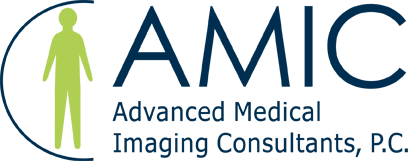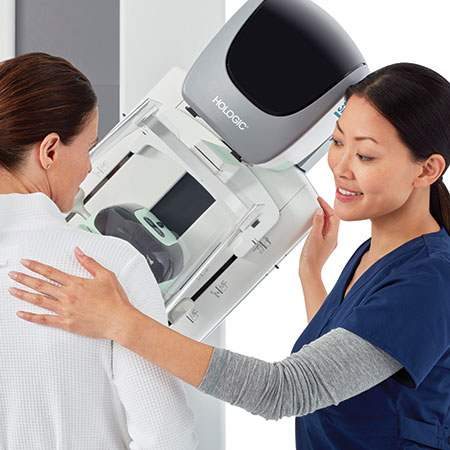3D Mammography
A better option for women in all risk categories
3D mammography, also known as digital breast tomosynthesis or DBT, is an exciting innovation in breast screening. It is similar to a mammogram in that it uses x-rays to produce images of breast tissue. However, unlike 2D mammography, tomosynthesis captures multiple image segments or ‘slices’ of the breast, at different angles, and then reconstructs them into a three-dimensional image that is capable of showing more detail, and increases the ability to find smaller cancers that may be obscured by the “overlapping” of breast tissue on a traditional mammogram.
The average U.S. woman has a 1 in 8 risk over her lifetime of being diagnosed with breast cancer. What’s more, nearly 70% of women diagnosed with breast cancer do not have a family history of the disease. 3D mammography improves the cancer detection rate by as much as 40%, with 15%-40% fewer false positives and significantly lower recall rates.
Annual screening mammography is recommended to begin at age 40 for average risk women. Research shows the most lives are saved by screening at these intervals.
Improved detection for women with dense breasts
According to the American Cancer Society, up to 43% of women have dense breasts. Dense breast tissue—which is more common in younger women—can mask cancers and make them harder to be detected by traditional mammography. It is now believed that dense breast tissue increases a woman’s risk for developing breast cancer. In fact, some studies have concluded that a woman with dense breasts has up to a 6 times greater chance of developing breast cancer, as well as more aggressive forms of the disease.

